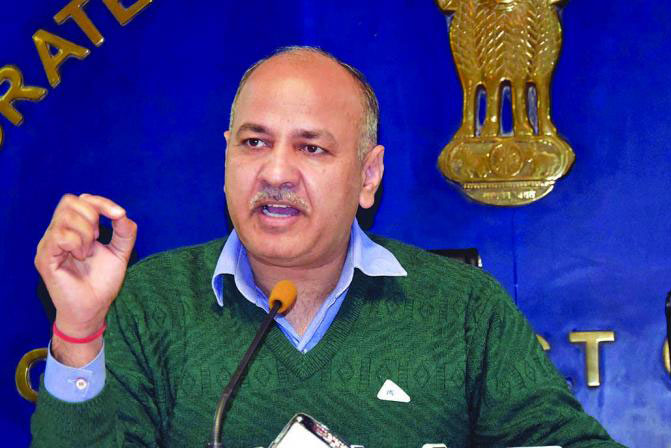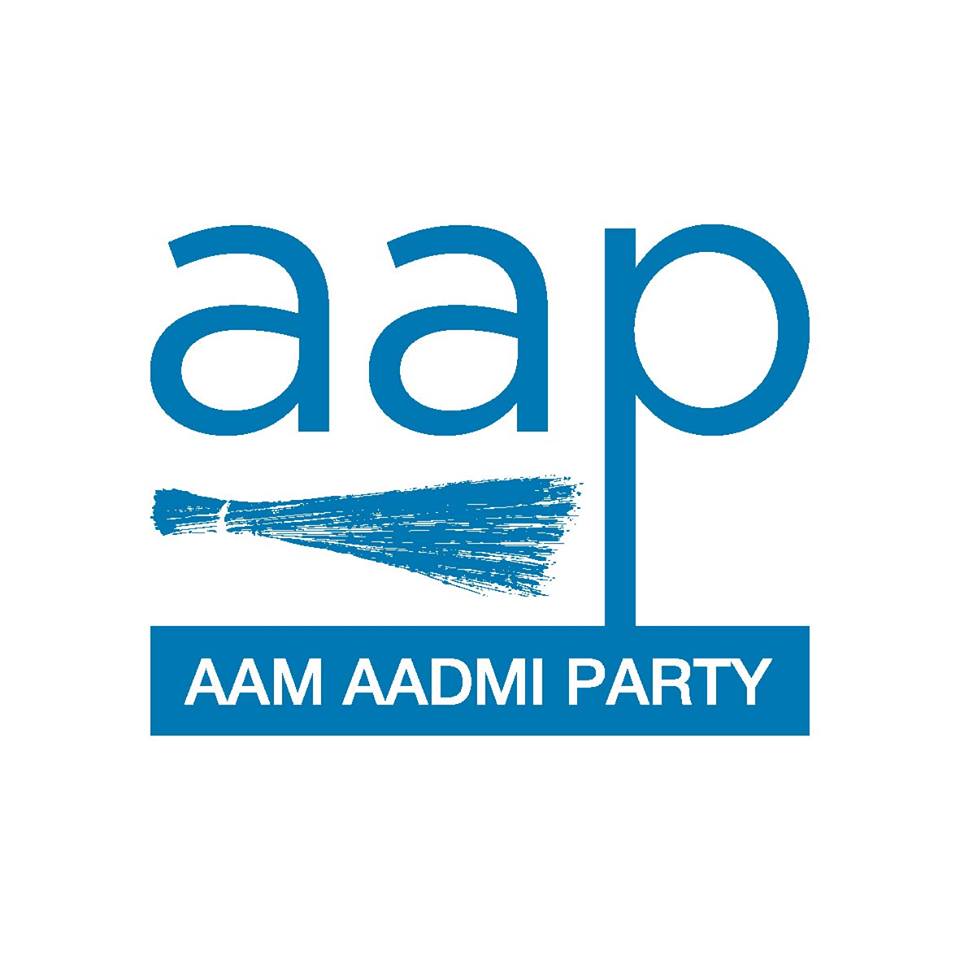
By Manish Sisodia
The Indian economy has been celebrated for being remarkably resilient. In the face of the 2008 global financial meltdown, India did not figure in the list of dominoes that fell. The effects of the global recession did not appear to have as much of an impact on India’s economy as they did on several large economies that were fully integrated with the global market. After the 2008 financial crisis, the Indian economy more or less recovered from the setbacks it suffered at the time.
But the Union government’s decision to demonetise high-value currency last year has had a crippling effect, which for the first time in several years led to the gross domestic product (GDP) growth rate falling sharply year-on-year. No matter the stated purpose of the move, in hindsight, a large majority of economists agree that demonetisation was a big blow to the economy.
I fear the goods and services tax (GST) regime could be another such disaster in the making. Before I go into what is fuelling my concern, let me state this clearly—the Aam Aadmi Party (AAP) has always supported the GST in principle. In fact, the Delhi government has made every effort to assist and support Delhi’s traders and businessmen in adapting to this new tax regime.
In a Facebook Live session last month on this issue—the first such interaction by any finance minister in the country—I took questions from the people of Delhi and addressed their concerns about the implementation of GST in Delhi.
However, GST in its present form suffers from severe flaws. “One Nation, One Tax” is an excellent idea that has successful models across the world. But what we are bringing to India is “One Nation, Multiple Slabs of Taxes”.
Moreover, the fact that we are taxing several items, including some commonly used goods, at a steep 28% rate is alarming and defies logic. India now has the highest tax rate among all the countries that have adopted GST. The new indirect tax regime was supposed to mean lower taxes; instead, we got irrationally high tax rates.
When an average Indian consumer is shopping for small appliances, and purchases items worth Rs10,000, she will have to shell out an additional Rs2,800 as GST.
Smaller stores will ask consumers: “Do you want a pucca (genuine) bill?” And when they realize it will be much cheaper to purchase appliances in black, they are likely to opt for that.
Citizens do want to be honest taxpayers, but the government must also have fair taxation. With a 28% tax rate on some items, evasion will unfortunately be the most preferred choice. Why couldn’t there have been a flat 12% GST, shared equally by the Centre and states?
Citizens do want to be honest taxpayers, but the government must also have fair taxation. With a 28% tax rate on some items, evasion will unfortunately be the most preferred choice. Why couldn’t there have been a flat 12% GST, shared equally by the Centre and states?
Such a tax rate would have given a major boost to the economy. It would encourage consumption but also blunt inflation by lowering tax on many essential items.
AAP believes that an optimal tax rate should create an incentive for compliance. The Delhi government has demonstrated successfully over the last two years that the lower the tax, the higher the compliance and overall revenue collection. Over the last three annual budgets I have presented as Delhi’s finance minister, value added tax (VAT) on several items that are essential for the aam aadmi (ordinary citizens) was lowered from 12.5% to 5%, while that on some luxury items has been hiked. Despite not hiking VAT on any essential item, Delhi’s VAT collection surged by 10.7% in 2015-16 as compared to a 2% rise the previous year.
The GST on items in various slabs is also arbitrary in many cases. The GST council made special efforts to slash the tax on agarbattis (incense sticks) but that on sanitary pads was not reduced. It is bizarre that while cement, iron, bricks and work contracts are under GST, once flats constructed using these items are ready for sale, GST will not be levied on them. We have missed an excellent opportunity to clamp down on the rampant flow of black money through real estate and alcohol.
I have insisted on many occasions that both these sectors be brought under GST, but both the Congress and the Bharatiya Janata Party (BJP)-ruled states have opposed this proposal in the council. I am hopeful that the council will rationalize some of these glaring discrepancies in the months to come.
My third and most critical concern was fuelled by an interview of Navin Kumar, chairman of the GST Network (GSTN), published in the Business Standard last week. The headline read: “No Time For Software Testing Now”. Kumar also confirmed a lot of fears over the lack of preparedness of the IT infrastructure needed for a smooth roll-out of the GST. It is not a laughing matter that the chairman has admitted in all seriousness that the GSTN may not have had any time left to even test the back-end systems central to GST’s implementation.
At the time of demonetisation, the fact that the government was wholly unprepared came to light only after the policy was suddenly announced by the Prime Minister on 8 November 2016. When it comes to the GST, everyone seems to be aware that we are not fully prepared to roll out the major tax reform.
Why has the government launched such a massive reform without adequate preparation? Are we heading towards another economic disaster? I hope we are not, but there is little to back my hope at the moment.
Manish Sisodia is the Deputy Chief Minister and Finance Minister of Delhi.
This article first appeared in the Mint on 4th July, 2017.


Leave a Comment